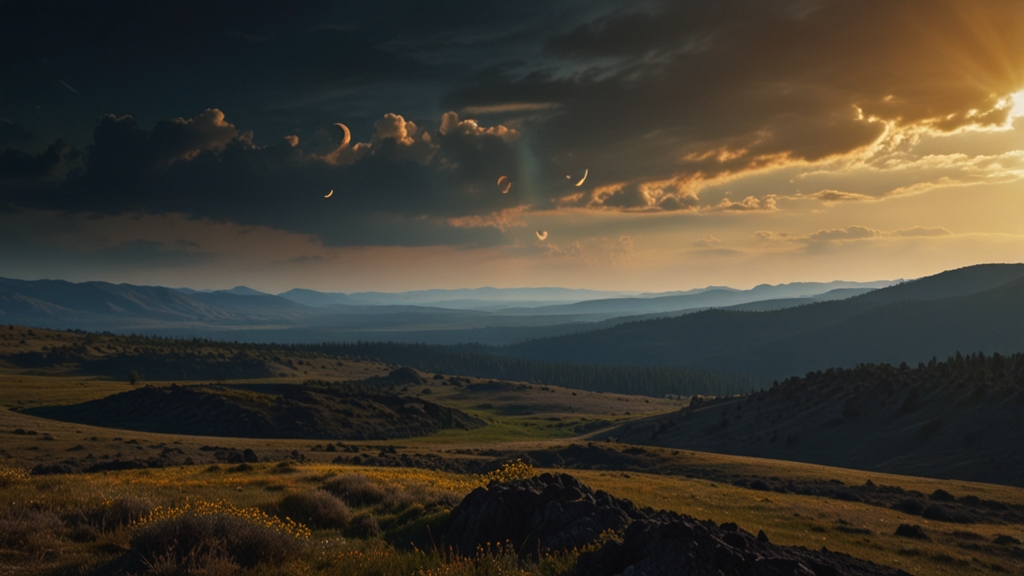Introduction
The rhinoceros, one of the Earth's most majestic and ancient creatures, is facing an existential threat due to rampant poaching. With their numbers dwindling at an alarming rate, the fight against poaching has intensified. Various organizations, governments, and individuals have come together to rally for rhinos, employing innovative strategies and unwavering determination to protect these magnificent animals.
The Poaching Crisis
Poaching remains the largest threat to rhinos, driven primarily by the high demand for rhino horns in illegal markets, particularly in Asia. These horns are erroneously believed to possess medicinal properties, although science has repeatedly debunked these myths. Despite international bans and strict laws, the black market continues to thrive, fueled by organized crime syndicates and corrupt practices.
Conservation Efforts
In response to this crisis, numerous conservation organizations are stepping up their efforts. The International Rhino Foundation, Save the Rhino, and the World Wildlife Fund are just a few of the many groups working tirelessly to protect rhinos. Their strategies include anti-poaching patrols, habitat restoration, and community engagement to foster local support for conservation efforts.
Innovative Strategies
In the fight against poaching, traditional methods are often supplemented with cutting-edge technology. Drones, GPS tracking collars, and thermal imaging cameras are being deployed to monitor rhino movements and detect poachers. These technologies enable swift and efficient responses, significantly increasing the chances of intercepting poachers before they can harm the animals.
Community Involvement
Engaging local communities is crucial for the success of conservation programs. By involving those who live near rhino habitats, organizations can foster a sense of ownership and responsibility towards protecting these creatures. Education and awareness campaigns help dispel myths about rhino horns, while alternative livelihood projects reduce the economic incentives for poaching.
"Empowering local communities to protect rhinos creates a sustainable solution to the poaching crisis," says John Msimanga, a renowned conservationist. "When people understand the value of living rhinos to their ecosystem and economy, they become their most ardent protectors."
Government Initiatives
Governments in rhino range countries play a pivotal role in anti-poaching efforts. Stricter laws and harsher penalties for poachers have been implemented in many countries, with some even deploying specialized anti-poaching units trained to tackle the unique challenges posed by well-armed poaching gangs. Transboundary conservation initiatives also promote cooperation between neighboring countries to protect rhino populations that traverse national borders.
Global Collaboration
International collaboration is vital to combat the global nature of the illegal wildlife trade. Countries around the world are working together to track and dismantle poaching networks. Organizations such as INTERPOL and CITES (Convention on International Trade in Endangered Species of Wild Fauna and Flora) facilitate cooperation and information sharing among nations, enhancing enforcement actions against wildlife traffickers.
"The illegal wildlife trade is not confined by borders, and neither should our efforts to combat it," emphasizes Ingrid van de Waal, an international wildlife crime expert. "Through joint operations and intelligence-sharing, we can disrupt these criminal networks more effectively."
Success Stories
Despite the daunting challenges, there have been several notable successes in the fight against rhino poaching. In Nepal, coordinated anti-poaching efforts and robust conservation strategies have led to zero poaching years, a remarkable achievement that serves as an inspiring model for other countries. Similarly, South Africa has seen a slight decline in poaching incidents, attributed to enhanced security measures and community-driven conservation projects.
The Role of Individuals
Individual actions also contribute significantly to rhino conservation. Donations to reputable organizations, support for sustainable tourism, and raising awareness about the plight of rhinos can collectively make a considerable impact. Grassroots movements and social media campaigns amplify the call for stronger wildlife protections and emphasize the global community's role in safeguarding rhinos.
Conclusion
The battle to save rhinos from extinction is far from over, but the intensified efforts bring hope. With continued innovation, community involvement, government action, and global collaboration, the tide can turn in favor of these extraordinary animals. Rallying for rhinos is not just about preserving a species; it's about maintaining the intricate balance of our natural world for future generations.
"Our commitment to saving rhinos reflects our broader responsibility to protect the Earth's biodiversity," states Dr. Paula Kahumbu, a leading conservationist. "Every rhino life saved is a step towards a healthier, more balanced planet."









